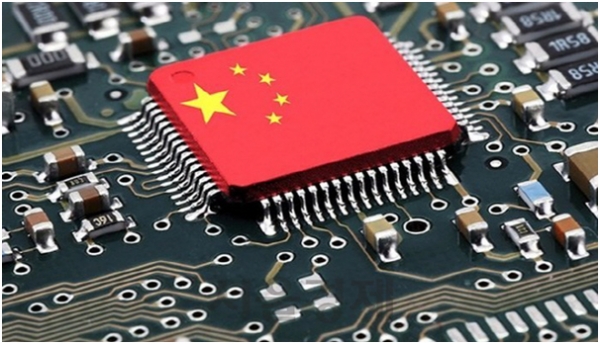The Department of Commerce (DOC) Bureau of Industry and Security (BIS) faced sharp criticism last summer over its longtime failure to produce a list of “foundational” technologies as mandated by the 2018 Export Control Reform Act (ECRA). “It’s been three years, and we’ve done almost nothing,” blasted Derek Scissors, a China economics expert with the American Enterprise Institute. BIS has not yet even agreed on a definition of foundational technologies; but presumably they are ubiquitous technologies – like semiconductors – critical to national security, coveted by adversaries, and not generally subject to US export control laws. As BIS drags its feet, China continues its campaign to steal sensitive US technology. This problem is more complex than bureaucratic negligence, however; it highlights unresolved issues plaguing US strategy to maintain technological superiority. It begs the question: how does the United States balance its obligation to protect its technical edge over China while also maintaining access to essential Chinese markets upon which US technology firms depend?
The bipartisan US-China Economic and Security Review Commission captures the anxiety around DOC’s slow rollout of ECRA: “Congress entrusted the U.S. Department of Commerce with implementing its intent for strengthening U.S. export control laws, but the Department of Commerce has, to date, failed to carry out its responsibilities.”
ECRA promotes anti-proliferation of dual-use items (goods with civilian and military applications), thus advancing an array of US foreign policy objectives – from combatting terrorism to furthering human rights. However, ECRA’s central focus is countering China’s efforts to acquire US technology and intellectual property.
US-China trade interdependence poses a difficult export controls dilemma. Historically, the US always honed export controls to comport with its foreign policy agenda. From the fascist powers of the early 20th century to the USSR, the US government consistently restricted US private industry from selling dual-use items to overseas adversaries. Simultaneously, the United States led the development of international regimes designed to slow the proliferation of nuclear, chemical, biological, and conventional weapons. Today is different. Many US high-technology firms depend upon profits reaped from China’s market – an adversary – to fund further Research and Development (R&D).
The US semiconductor industry embodies this export controls catch-22. John Verwey, a trade analyst with a focus on microtechnology, highlights that “in the past five years, the market for semiconductor manufacturing equipment in China has grown from 5 percent of the world’s total spending to over 25 percent. It is impossible to divorce the health of the U.S. semiconductor equipment industry from access to Chinese markets.” US semiconductor firms – which invest on average 18 percent of their revenue into R&D – stand to lose billions if they face restricted access to Chinese markets. Furthermore, when DOC solicited US high-technology firms for feedback on foundational technology policy, many pointed out that Chinese buyers would simply pivot to third party sellers in Europe and Japan, thus undermining the fundamental point of export controls: preventing proliferation. Any short-term benefits from controlling foundational technologies and closing China’s access come at the expense of long-term sector viability.
China is moving aggressively to close its technology gap with the US. It has poured billions into R&D. In 2017, Chinese President Xi Jinping launched the Central Commission for Military-Civil Fusion Development that requires all Chinese entities (including private firms) to turn over pertinent intellectual property to the government for military development. US trade controls, which undermine the competitiveness of US firms, are no match for China’s science and technology enterprise.
Rather than implementing clumsy export control policies that stunt innovation, the US government should look to best China by fostering a fertile US science and technology enterprise. The most important step is to put more resources toward R&D. By catalyzing US technological breakthroughs, we can remain well ahead of China. Congress is beginning to move in the right direction. The Senate passed a China competitiveness bill in June, which allocates $200 billion for R&D programs. Unfortunately, since June, the bill has sat idle in the House. Another beneficial move is to promote policies that strengthen US high-technology firms. In the short term, BIS should heed private sector recommendations to narrowly define “foundational technologies.” Allowing unfettered overseas exports to China of ubiquitous goods already available from third-party sellers boosts private sector profits, thus furthering private sector R&D. Sell baby sell.
China aims for a self-sufficient semiconductor industry over the long term. If the US focuses on technological advancement, rather than instituting clumsy export controls, we can preserve our technological edge over China – like running faster to win.
Noah Zoroya is a full-time graduate student in international security. His primary research interest is great power competition. He graduated with a BA in history from the University of Mary Washington in 2018 and received his certificate of French language and culture from Aix-Marseille University in 2020. In his free time Noah enjoys mixology and playing with his dog, Pig.
Photo can be found here.




